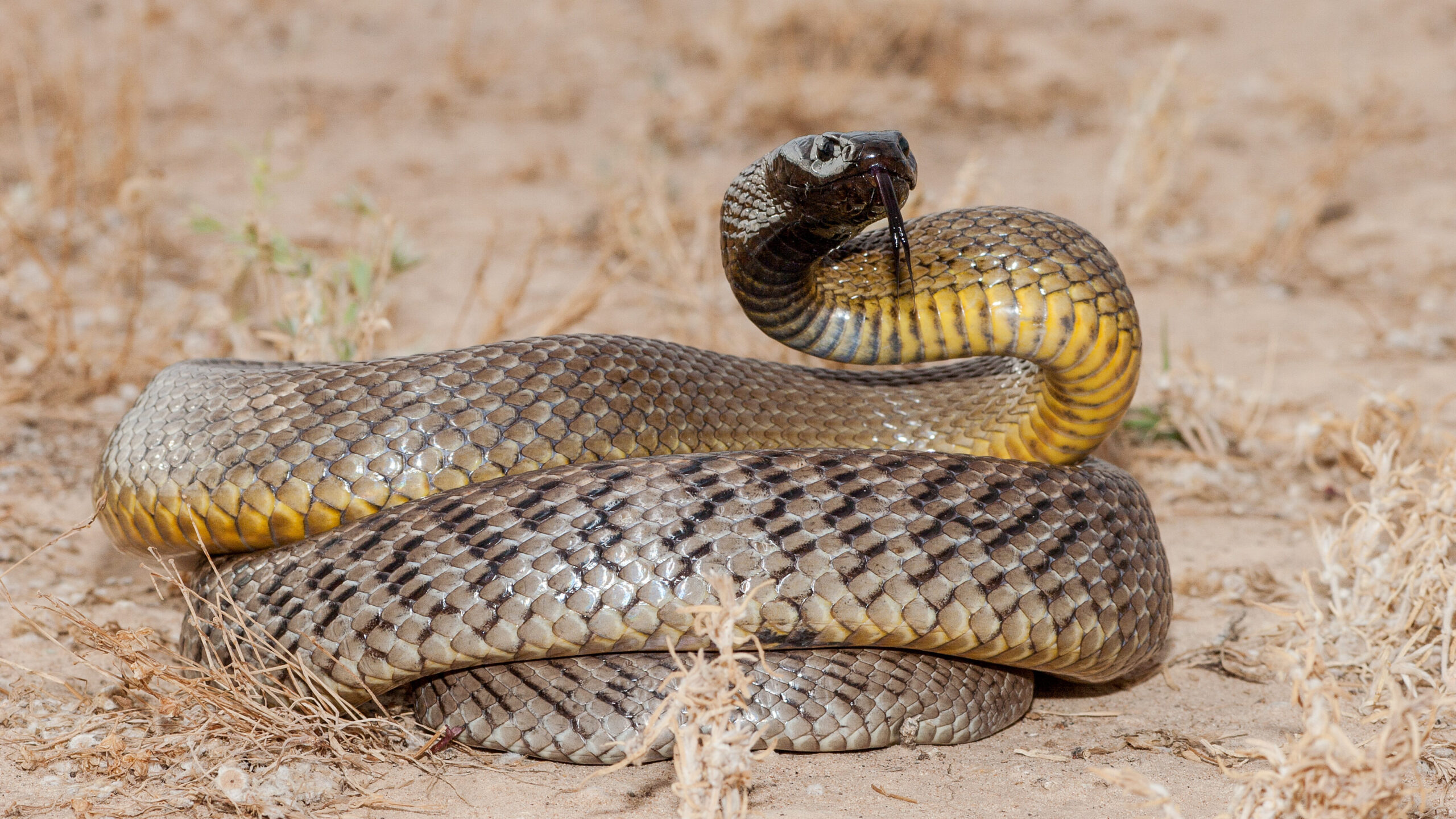Introduction
When it pertains to the remarkable globe of snakes, few species catch the creative imagination quite like the infant tiger snake. Recognized for their distinct pigmentation and powerful poison, these snakes are an integral component of Australia's unique ecosystem. In this extensive post, we will delve into various elements of child tiger serpents, including their actions, environment, and just how to safely communicate with them. Whether you're a wildlife fanatic or simply curious about these creatures, comprehending child tiger serpents can help promote a much deeper appreciation for nature.

Baby Tiger Snakes: What You Need to Learn About Their Behavior and Habitat
What Are Infant Tiger Snakes?
Baby tiger serpents are adolescent types of the extremely poisonous types recognized medically as Notechis scutatus These serpents are primarily found in coastal regions of Australia, particularly in Tasmania and southerly Victoria. As they grow, their coloration changes from a more low-key combination to eastern small eyed snake the particular yellow and black bands that give them their name.
One notable facet of child tiger snakes is their dimension; hatchlings commonly determine around 25-30 cm in length. In spite of their little stature, they possess an unusual quantity of poison that can be detrimental to humans if bitten.

Physical Characteristics
Tiger serpents have numerous essential physical characteristics:
- Coloration: The distinct banding pattern commonly ends up being much more pronounced as they mature. Size: Grownups can get to lengths of as much as 2 meters. Body Shape: They have a robust body that aids in swimming and terrestrial movement.
Where Do Baby Tiger Snakes Live? Recognizing Their Habitat
Understanding the habitat preferences of baby tiger serpents is necessary for both conservation efforts and public security. These serpents grow in numerous settings:
- Wetlands: Marshes and swamps provide enough hunting grounds. Coastal Regions: Typically located near beaches where they can search for prey. Woodlands: Dense plant life provides cover from predators.
Geographical Distribution
Tiger serpents are mainly located along Australia's southern coast, consisting of:
- Tasmania: Home to among one of the most notorious populations. Victoria: Especially in locations near water bodies.
Are Tiger Snakes Venomous? A Deep Study Their Venom
One usual concern emerges when discussing child tiger snakes: "Are tiger serpents venomous?" The answer is a resounding yes!
Venom Composition
The venom of tiger snakes includes neurotoxins that can trigger paralysis, coagulopathy (blood clot problems), and possibly fatality if neglected. Here's what you require death adder snake to know:
- Effects on Humans: An attack from a tiger serpent can bring about signs like swelling, pain at the bite site, nausea, and also breathing failure.
Comparison with Various other Venomous Snakes
In comparison to other Australian snakes such as the eastern brown snake or king brown snake, tiger snake poison is taken into consideration among the most potent. Nonetheless, casualties are uncommon as a result of better medical therapies and accessibility to antivenom.
Behavioral Patterns of Infant Tiger Snakes
Understanding just how child tiger snakes act is essential for those that reside in or go to locations where these reptiles are prevalent.
Nocturnal Habits
Most child tiger snakes exhibit nocturnal behavior. They often tend to forage for food during cooler evening temperature levels. This versatility assists them stay clear of killers while enhancing their hunting efficiency.
Hunting Techniques
Their hunting strategies consist of:
- Ambush Predation: Waiting motionless until prey comes close. Active Foraging: Proactively moving via plants or along rivers looking for food.
First Help for Serpent Bites: What You Should Know
Despite being interesting creatures, encounters with baby tiger snakes can cause hazardous circumstances if attacks occur. Understanding first aid procedures can save lives.
Immediate Steps After a Bite
Remain tranquility; panic enhances heart rate. Immobilize the influenced limb making use of a splint or bandage. Seek instant clinical attention-- antivenom may be necessary.Creating a Snake Bite First Aid Kit
A well-prepared emergency treatment kit should include:
|Product|Purpose|| ------------------------------|--------------------------------------|| Compression bandage|To debilitate the Click for more limb|| Splint|Stabilizes broken bones or joints|| Antihistamines|Eases allergic reactions|| Emergency situation get in touch with numbers|Quick access throughout emergency situations|
Common Myths About Tiger Snakes Debunked
Many myths border these intriguing reptiles; allow's clear up some misconceptions frequently held by people.
Myth # 1: All Tiger Snakes Are Aggressive
While some people might show defensive habits when endangered, not all tiger snakes screen aggressiveness towards people unless provoked.
Myth # 2: Child Tiger Snakes Are Much Less Harmful Than Adults
This misconception might not be even more from the fact! Child tiger snakes contain almost as much venom as grownups relative to their size; thus they present substantial dangers if bitten.
FAQs Concerning Infant Tiger Snakes
What do child tiger snakes eat?- They mainly take in little creatures, birds, frogs, and fish.
- Look for slim bodies with pale banding patterns that come to be more noticable as they mature.
- Yes! Birds of prey and larger reptiles might target them.
- Typically every couple of weeks as they proliferate throughout their early life stages.
- While some individuals do keep them illegally without authorizations because of their dangerous nature; it's generally not recommended offered their poisonous status.
- With prompt clinical treatment-- consisting of antivenom-- the survival price is high!
Conclusion
In recap, understanding baby tiger snakes-- what they consume, where they live, just how they act-- can outfit us with important understanding regarding these amazing yet hazardous animals. The importance of education surrounding first aid actions can not be overstated; understanding just how to react successfully after a bite can save lives while fostering regard for our slinking neighbors within Australia's rich biodiversity range.

By appreciating these snakes' duties within environments-- and identifying potential dangers-- we advertise coexistence rather than fear-based responses towards each other's existence in nature's grand tapestry! Whether you're an avid hiker contemplating your next journey or just curious concerning local wildlife encounters near home-- this overview works as your relied on reference point on the enigmatic world inhabited by our close friends-- the magnificent baby tiger snake!